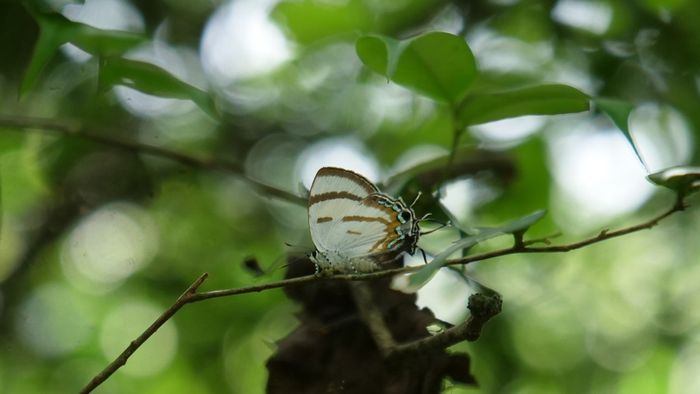Six butterfly species new to India discovered in Arunachal’s Siang Valley
Six new butterfly species have been discovered in Arunachal Pradesh's Siang Valley, highlighting the region's rich biodiversity. This finding is expected to support conservation and further research in the area.

- Oct 23, 2025,
- Updated Oct 23, 2025, 9:46 AM IST
A recent survey in Upper Siang’s Simong Community Forest has uncovered six butterfly species previously unknown in India, highlighting the Eastern Himalayas as a key biodiversity hotspot. Researchers from the Ashoka Trust for Research in Ecology and the Environment (ATREE), Bengaluru, and the Litin Community Conservation Society led the study, published in the latest issue of Entomon.
The findings, based on photographic evidence from 2024 fieldwork, add significantly to India’s butterfly records and demonstrate the ecological importance of community-conserved forests in the region. The expedition was led by local conservationist Agur Litin, a member of the Litin clan and co-author of the paper.
The newly recorded species include Litin Onyx (Horaga takanamii), Narrow-banded Royal (Dacalana vui), Tibetan Duke (Euthalia zhaxidunzhui), Tibetan Sergeant (Athyma yui), Tibetan Junglequeen (Stichophthalma neumogeni renqingduojiei), and Mountain Columbine (Stiboges elodinia). Previously, these butterflies had only been documented in Laos, Thailand, Vietnam, Myanmar, and southeastern Tibet. Their presence in Arunachal Pradesh extends their known range and points to biogeographic links between India’s Siang Valley and Tibet’s Metok region.
“The Brahmaputra River appears to play a critical biogeographic role, facilitating faunal continuity between southeastern Tibet and eastern Arunachal Pradesh,” the study notes.
During just seven days of surveys, the team recorded 90 butterfly species, emphasising how much of the region’s Lepidoptera remains undocumented. “The documentation of six previously unrecorded species within a short one-month survey underscores the striking lack of Lepidopteran surveys and conservation attention in the Indian Eastern Himalayas,” the researchers said.
The discovery reinforces the crucial role of local communities, such as the Litin clan, in protecting the last wild landscapes of the Eastern Himalayas, while deepening understanding of India’s natural heritage.